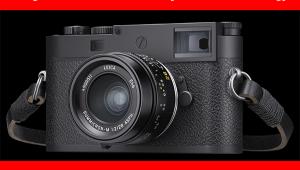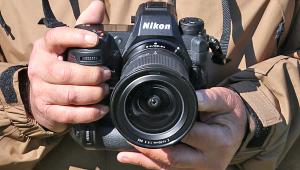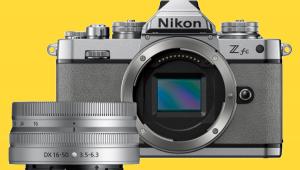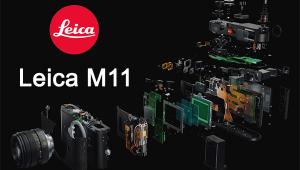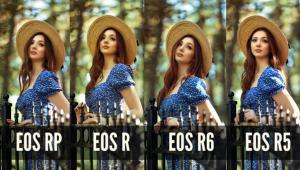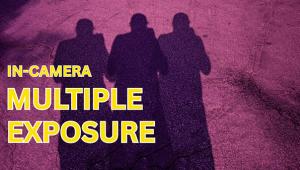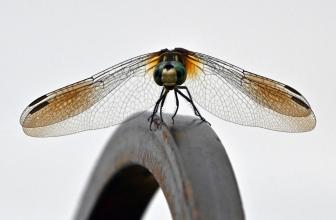Fujifilm X-A1 Mirrorless Camera Review

The Fujifilm X-A1 is the “little sister” of the X-M1. Both cameras have nearly the same design and technical features but use different sensor technology. The X-M1 uses Fujifilm’s X-Trans CMOS sensor while the X-A1 is equipped with a 16MP sensor with the Bayer RGB pattern, although it should be mentioned it is APS-C size. The different sensors are the main reason for the lower price of the X-A1, making it one of the least expensive X-type cameras with a detachable lens system.



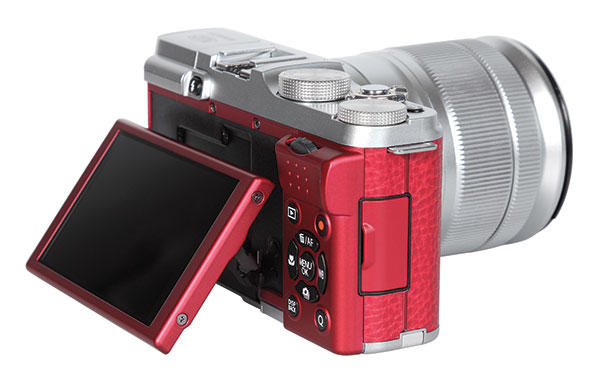
The new camera offers a large LCD screen on the back yet has no electronic viewfinder. The LCD screen is really quite brilliant, but you should use the “sunlight” setting in the monitor menu when shooting under bright light conditions such as midday sunlight. The LCD screen can be flipped up- and downward by 90 degrees but cannot be turned to the side or rotated to the front (for self-portraits). Nevertheless, it’s helpful when taking macro shots near the ground or in similar situations.
The X-A1 has two setup dials for menu navigation and to change image parameters. The first one is located on the top right-hand side of the camera, reachable with the thumb of the right hand, and is by default used to change the EV compensation setting. The dial reacts very easily and quickly, which meant that we sometimes changed the EV compensation accidentally during the field test. The second dial is also operated with the thumb of the right hand. This dial is located on the back and, in concert with the control field, is used to change menu settings or for exposure set up in manual exposure modes.
The camera has a built-in flash system, mounted on a sophisticated pop-up mechanism that lifts the flash high above the optical axis, thus reducing the redeye effect. The camera has a standard accessory shoe that allows for use of an additional flash or an adapter for a studio flash light system. It is TTL compatible and supports rear curtain synchronization. The camera also offers an integrated image stabilizer with four active settings in the menu. The photographer can decide whether to use the stabilizer continuously or only when pressing the shutter release button.
The dynamic range results of the X-A1 are good. The camera achieved a maximum of 10.3 f/stops, which isn’t as good as the results of the X-M1, which offers a maximum of 10.5 f/stops and keeps the high at above the 10 f/stop level even at higher ISO speed settings. This result is based on the differences between the X-Trans CMOS sensor and the standard sensor of the X-A1.

Image Quality
Color: Color results are nearly on the same level as the X-M1. The skin tones are shifted somewhat in the yellow and orange area of the color space of the test chart. Overall, the color results are very good and the camera shows very natural colors in our standard test box shot and images made under natural light conditions.
Sharpness: The sharpness results of the X-A1 are very good. The camera gained a maximum of 3013 lines per picture height, which is nearly the nominal sensor resolution of 3264. The high performance is a result of the very intense digital sharpness filtering. The camera reproduced the test chart with high over- and undershot effects, which causes some overemphasized contour lines. This overemphasized sharpness is also noticeable in the fine hair structure in our model shot and in some elements of the standard test box shot.

Noise: The luminance noise results of the X-A1 are a little better than the results of the X-M1. But the color noise artifacts are slightly stronger than in X-M1 images. The color noise is reduced by an intense filtering, clearly noticeable in images taken at ISO 3200 or ISO 6400. Noise gets quite annoying in the highest ISO settings of 12,800 and ISO 25,600 equivalent.

Scorecard
Pro
+ Very compact body
+ Easy handling, many helpful automatic functions
+ Nice color reproduction
Con
- Missing electronic viewfinder
- Swivel monitor not fully articulated
The Fujifilm X-A1 with a 16-50mm kit lens has a list price of $599.
For more information and full specs, visit www.fujifilmusa.com.
Image Tech is where we publish web-exclusive lab reports on cameras. To read the reports please go to the Shutterbug homepage at www.shutterbug.com and click on the Image Tech tab on the top navigation bar. New reports are published frequently, so check Image Tech for updates.
Lab results and test images by BetterNet, our TIPA-affiliated testing lab. Edited by George Schaub.






